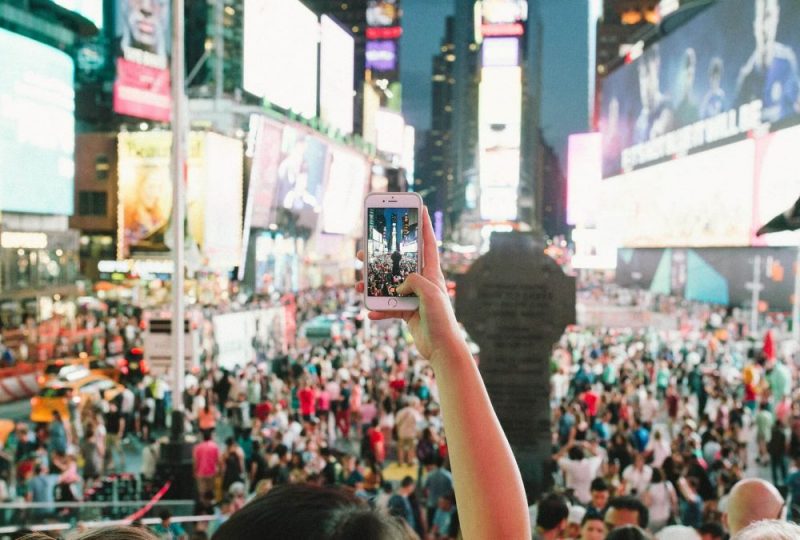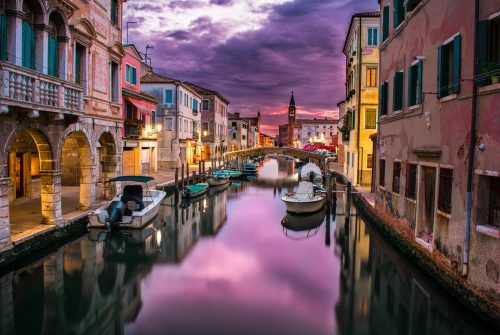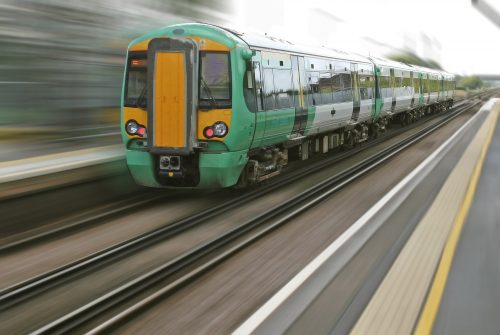Smarter cities and social networks thanks to digital advertising
23 May 2018 | Written by Stefano Tenedini

The unstoppable avalanche of technological innovations we experienced in recent years is changing the aspect of the cities we live in (and of the ones we will live in): Out Of Home advertising, OOH, is already revolutionizing the fabric of the city, but innovations are not just for the commercial aspect.
Metropolis create lots of problems – from overpopulation to pollution, from garbage to waste of energy – and we have become accustomed to consider metropolis one of the enemies of development. But is it really like that? Does the urban context no longer have anything good to say to us, or are the big cities the new frontier? The truth lies somewhere in the middle, and if we want to look to the future with balance we must work to reduce the impact but also to value of all the innovative tools that can improve the environment in which we will live.
In the so-called smart cities, for example, we are never alone and someone is always communicating with us. Like advertising, which transforms passers-by into potential consumers, flooding them with customized stimuli and messages, even if they are on the move. Innovative materials, fast networks, creativity and personalization are a boon for brands, but they also make cities more vibrant, reactive and constantly changing.
With the OOH, the out of home advertising segment, the metropolises are already in the future. We no longer see old prints and discoloured and faded posters, but interactive digital panels, distributed in a capillary way in strategic areas and continuously updated, are now the norm. With new investments, OOH ads have grown seven times in eight years worldwide.
So far we talked about the commercial aspect. But innovation, once “grafted” into cities, becomes, in a sense, the heritage of all of us. Even the inhabitants (for now of the metropolis, but soon we will arrive at the provincial capitals of the province) will be able to see an innovation with civic and social implications, far beyond the chat with friends or the Instagram picture. We are talking about a widespread multimedia, whose allies will be tablets and smartphones. The OOH ads, located in places of major transit, intercept residents and commuters, sprout from transport and urban furniture, can be found on benches and even on rented bicycles.
“OOH advertising is already improving cities: it makes products known and ensures a part of the funds needed to make public transport go, for roads, urban decor, quality of life for the people who live there. Cities will be the engine of economy and creativity, and advertising will help to make sustainable the effort to improve urban space ” William Eccleshare, president and CEO of Clear Channel International, explained.
The outdoor system knows how to draw attention to make us “buy” the message, even while we are stuck in traffic on borrowed time. Once the OOH has learned the metric of communication, it goes straight to the point: after ten words it risks losing the interest of those who drive, bike or walk in a hurry, often while typing on the smartphone. It adopts a mix of effectiveness and speed, as we can see on bus shelters, kiosks, services, video on public transport, vans and taxis, and the variable video messages can change depending on the time or the neighborhood.
Digital tools change the perception of advertising in the city area: they are not an invasion of spaces anymore, but an interactive system, made of furnishings that create social environments, of rental cars and electric bikes capable of improving road mobility, and of integrated wifi networks to navigate with. Panels can provide security or alarm information, like the information regarding the search for missing children, natural disasters, emergencies such as fires or earthquakes or traffic blocks.
There are thousands of examples. In Dublin, advertising supports a two-wheeled public transport project that care for environment and health, and the space in the parking lots is controlled through smartphones. Also in Ireland, billboards in the front row were created to subsidize the collection of waste, thanks to the installation of 400 solar-powered containers connected via the web. In London, smart benches host advertising messages and outlets to recharge phones and tablets with free wifi, so that you can rest and socialize. Still in London, an energy drink brand has distributed free bottles with a chip that offers a trip on the subway, while on the bus shelters a pharmaceutical company sponsors messages on the state of the pollen in city parks: a social service much appreciated by allergic citizens.
In short, the OOH promises great opportunities for connected cities: in exchange it will access the location data in real time (and by 2020 there will be 25 billion people and things connected via the web). The media companies will offer customers personalized, almost unique, experiences, receiving in return accurate and valuable profiling, and with connective marketing it will be easy to identify the target customers. The challenge for the new generation advertising is open: and this time cities and advertising are no longer enemies, but partners.





